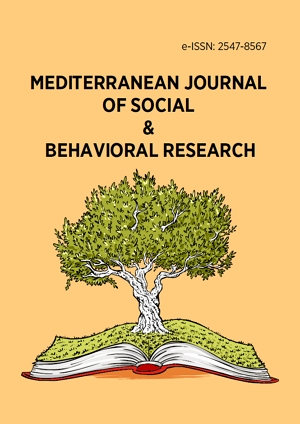Abstract
The focus of this research is on the impact of Dick and Carey instructional model on the performance of secondary school biology students in Katsina State, Nigeria. Gender was also considered in the study to see if the Dick and Carey model could improve performance in biology regardless of gender. The study used a quasi-experimental design with pre- and post-test control groups. The study’s population consists of all senior secondary II (SSII) biology students in Katsina State. The study’s sample size is 140 SSII biology students. Purposive sampling was used to select four schools from the Funtua Educational Zone to participate in the study. Each school’s intact SSII class was used for the study. Two schools were assigned to experimental and control groups at random. The instruments for the study were Dick and Carey instructional model guide (DCIMG) and biology performance test (BPT). BPT was validated by experts from Usmanu Danfodiyo University’s biology department and experienced secondary school biology teachers. The split-half method yielded a reliability index of 0.71 for BPT. The study was guided by three null hypotheses, and the data collected was analyzed using descriptive statistics and t-test analysis. The results showed that the experimental group treated with DCIMG outperformed the control group treated with the traditional method. Furthermore, gender has no effect on student performance in biology. Thus, it was recommended, among other things, that DCIMG be used in biology teaching regardless of gender, especially when dealing with difficult concepts in biology.
License
This is an open access article distributed under the Creative Commons Attribution License which permits unrestricted use, distribution, and reproduction in any medium, provided the original work is properly cited.
Article Type: Research Article
MEDITERR J SOC BEH RES, Volume 7, Issue 3, October 2023, 121-126
https://doi.org/10.30935/mjosbr/13301
Publication date: 01 Sep 2023
Online publication date: 21 May 2023
Article Views: 2323
Article Downloads: 2219
Open Access References How to cite this article
 Full Text (PDF)
Full Text (PDF)